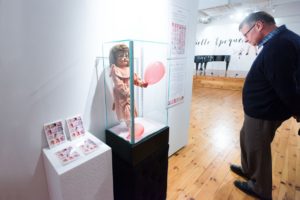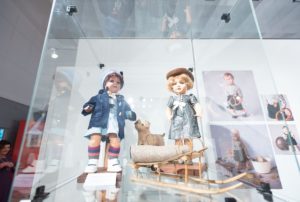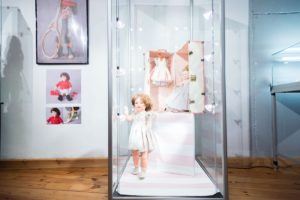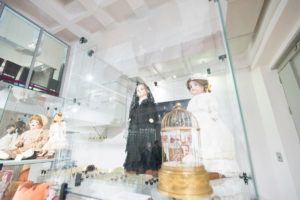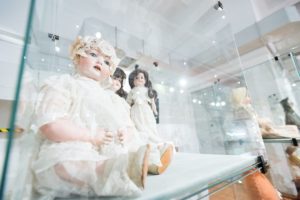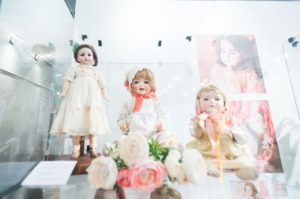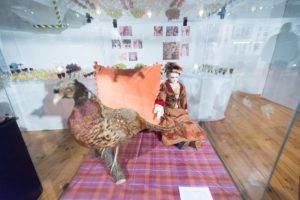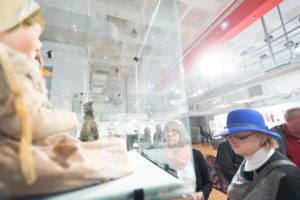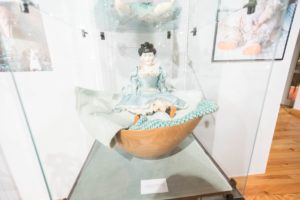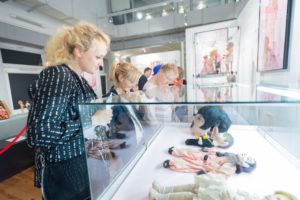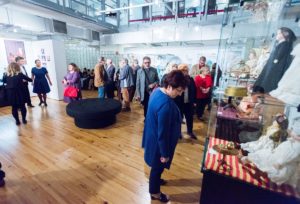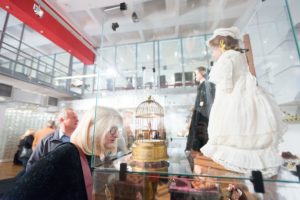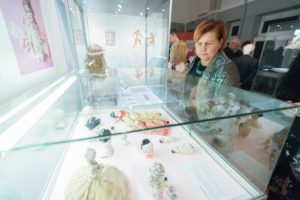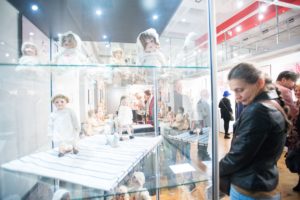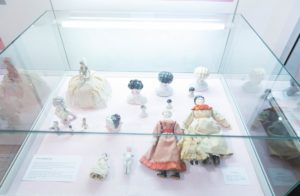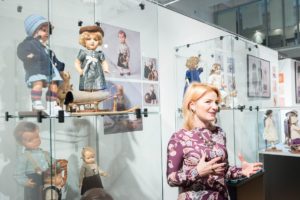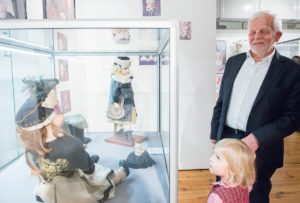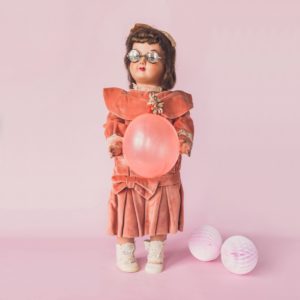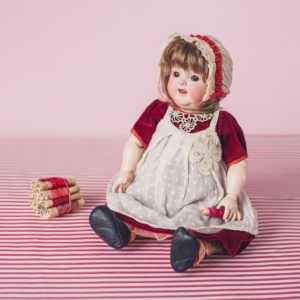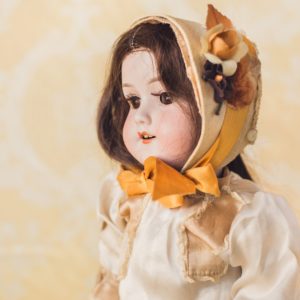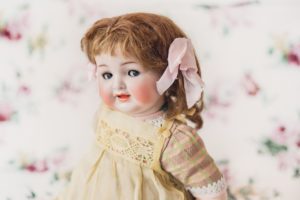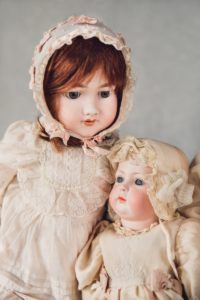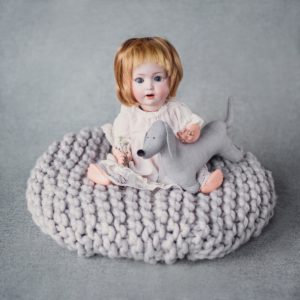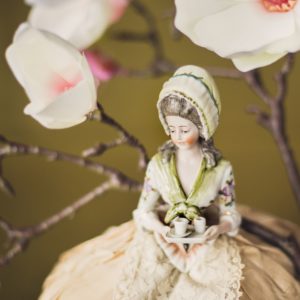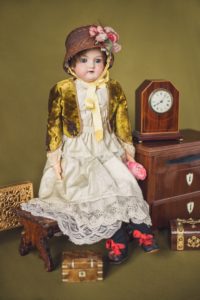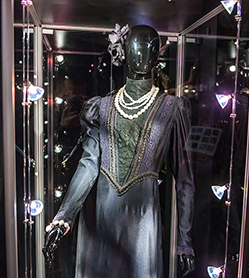Wystawy
The doll in the Belle Époque 20 October, 2017
Have you ever tried to play with a porcelain doll? I have. And although it is a beautiful item to play with, it does not meet contemporary safety regulations.
I spent my childhood among 40,000 toys, surrounded by hundreds of dolls. And even though some of them are boxed out of sight now, I can remember their facial features, artificial eyelashes, lace dresses and chia seed sized buttons made of mother-of-pearl.
The idea of the Doll in the Belle Époque exhibition at Off Fashion conceived as an attempt to analyze what today’s dolls look like and how their appearance has changed.
When we think of a DOLL, what image do we have in front of our eyes? Is it an image of a porcelain doll, BEBE baby doll, Barbi or Monster High Vampire dolls? Or maybe Beata Tyszkiewicz from a film adaptation of The Doll by Prus?
Each generation makes their contribution. It shapes the standards of material culture and the canon of aesthetic models. The question is: what contribution did our ancestors from 150 years ago make to entertainment, customs and fashion?
We will deal with such issues as the change in a dolls’ appearance, what they are built of and what kinds of dolls there are. We will show mechanisms and technical innovations such as dolls that can swim, cry or talk using the phonograph and then the turntable placed inside them. We will present how doll bodies changed and what they were made of.
One of the most interesting installations will be a genealogical tree of a doll, that is a calendar, where we will show a decade after a decade how the doll’s beauty and clothes changed. Such an installation is only possible with such a large and rich collection as the Sosenkos Family Collection. We will show you what dolls of the most famous manufacturers looked like, what their markings looked like and where to find them, as well as displaying the most valuable and the rarest one. The best category will also include tiny porcelain dolls, 2.5 cm long.
In the era of the modern toy, i.e. in the industrial era (19th – 21st centuries), the doll underwent an evolution from the aristocrat to a celluloid communist, sex bomb, to a zombie and werewolf.
What will dolls of the future look like if they have evolved so much over the past 150 years. Will this question be answered by trend analysts in design? Will the market meet the requirements of the snapshot generation? Is there a gender revolution ahead of the doll? Will the doll change its gender like Conchina Wurst or MP Grodzka?
Relation Exhibitions
 return
return

